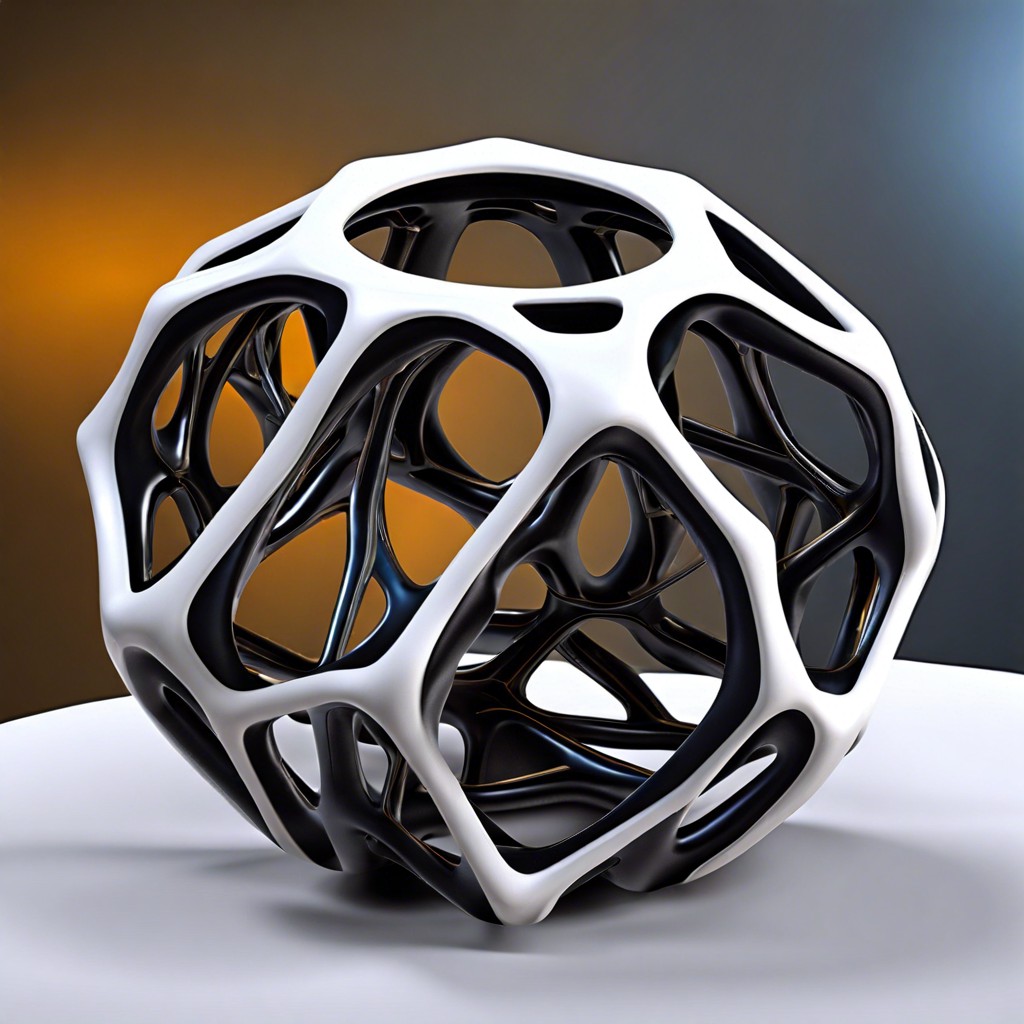Discover how polymers, those fascinating chameleon-like materials, adapt their properties to suit countless construction needs.
Key takeaways:
- Polymers adapt properties for diverse construction applications.
- High tensile strength helps them resist pulling forces.
- Chemical resistance protects against corrosive substances.
- Transparency aids in optical applications and light diffusion.
- Electrical properties allow for insulation or conduction.
Mechanical Properties of Polymers

When it comes to mechanical properties, polymers are like those people who can’t decide if they want to run a marathon or lounge on the couch. They’re flexible, just not as committed as Mr. Elastic.
- Tensile Strength: Polymers boast tensile strength, which is basically their ability to hold it together when pulled. Think of it as how far you can stretch a rubber band before it decides it’s quitting time.
- Elasticity: Elasticity determines how well a polymer bounces back after being stretched. Imagine pulling on a party balloon and watching it snap back faster than a kid running from broccoli.
- Toughness: This refers to a polymer’s ability to absorb energy without snapping like a pretzel stick. Tough polymers are navigators of impact, emerging mostly unscathed.
- Hardness: It’s the “I’m-not-here-to-play” factor. Hardness measures a polymer’s resistance to wearing out or getting dented. Key for protective gear or avoiding scratches on things that are maddening to buff.
- Flexibility: Some polymers are more bendy than a contortionist, able to flex without snapping. They grin smugly at massive twist challenges—just don’t call them spineless.
Polymers juggle these traits based on structure and composition. Voilà, mechanical quirkiness in action!
Chemical Properties of Polymers
Polymers can be choosier than a cat at a seafood buffet. Their chemical properties determine how they react when they meet other chemicals, and, spoiler alert, some are exceptionally picky.
First, there’s chemical resistance. Polymers laugh in the face of many chemicals, such as acids and bases, standing firm while others might flee. This makes them perfect for storage containers and piping that need to resist corrosive substances.
Solubility is another trait. While some polymers dissolve faster than a sugar cube in hot coffee, others play hard to get, refusing to dissolve in common solvents. This quality is important for applications where you really don’t want your materials melting away.
Lastly, polymers’ ability to undergo chemical reactions is key. Cross-linking, a process like molecular matchmaking, enhances properties such as strength and heat resistance. This makes them ideal for products ranging from bouncy balls to bulletproof vests.
So, while polymers might not gossip about their chemical escapades, understanding these characteristics is crucial for their effective use.
Optical Properties of Polymers
Polymers often moonlight as magicians in the world of optics, displaying unique characteristics that make them invaluable in applications like lenses, displays, and optical fibers.
First, get cozy with transparency. Some polymers, like polycarbonate and polymethyl methacrylate (the tongue twister plastic), let light pass through them as if they were clear juice boxes. Others prefer to be opaque, throwing shade and blocking light.
Next up, refractive index. This is just a fancy term that tells you how polymers bend light. Polymers can have different refractive indices, making them suitable for correcting vision or creating rainbows.
Don’t forget about light diffusion. Some polymers have surfaces that scatter light all over the place, ensuring it doesn’t sneak through in a straight line. This is perfect for creating soft, diffused lighting.
Finally, enter the realm of color. Some polymers can be dyed or inherently exhibit vivid colors, making them appealing for everything from packaging to passion project crafts. Though, beware the polymers that change color like mood rings when exposed to heat or light.
In optics, polymers truly do wear many hats—or should I say, many lenses?
Electrical Properties of Polymers
Polymers can be insulators, semiconductors, or conductors. They’re like the social butterflies of the electrical world; they hang out in all groups!
- Insulators: Most polymers are fantastic at playing hard to get with electricity. Their tightly bound electrons aren’t interested in mingling. This keeps electricity from passing through. Plastic casing on wires? That’s your polymers at work, doing a solid for the electrical safety community.
- Semiconductors: With a little persuasion, some polymers agree to let electricity flow. Enter the world of semiconductors—where polymers modestly allow electrons to hop from one end to the other when conditions are just right. Think conductive polymers in smartphone screens. Clever, right?
- Conductors: Super cool trick: certain doped polymers can conduct electricity like a pro, similar to metals. Imagine a polymer gym where they bulk up with conductive additives and suddenly boom! They’re in the conductor club. Polyaniline and polythiophene, anyone?
Polymers’ ability to adapt to different roles is truly electrifying.
Crystalline and Amorphous Polymers
In the colorful world of polymers, two types of personalities stand out: crystalline and amorphous. Imagine them as two differently organized wardrobes. Crystalline polymers are like the neat-freak’s closet, where everything is folded and sorted with precision. Their molecular chains are orderly and structured, resulting in higher strength and melting points. Great for those who like their polymers with a dash of discipline.
Amorphous polymers, on the other hand, resemble the creative chaos of an artist’s wardrobe – relaxed and with an anything-goes attitude. These have molecular chains arranged without regularity, making them more flexible and transparent. And let’s be honest, who doesn’t love a clear winner in the plastic category?
When it comes to thermal properties, crystalline types might behave like those friends who are always late—they soften slowly. Amorphous types, however, are the ones who quickly melt under pressure, like butter on a hot skillet. Understanding these differences helps decide which polymer personality suits your construction needs best.
Recap




